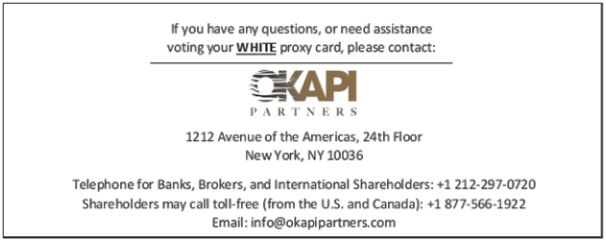In executing against its investment objective, the Fund has performed well against its peers, including when measured by market returns as well as the critical NAV metric, which measures the total value of a fund’s assets minus the total value of its liabilities. In addition, the Fund has provided better downside protection in difficult market environments, making it particularly well-positioned to deliver attractive, sustainable returns. In addition, the Fund’s portfolio has achieved a lower default rate than the broader loan universe due to the highly selective approach taken by our investment adviser, Amundi Pioneer, to floating rate investments.
We believe the Fund’s shareholders are well positioned to potentially earn attractive multi-year returns as the economy recovers.
The Fund has generated income that is competitive with its closed-end fund peers and superior to the income available from various other asset classes and product structures. This has been achieved, in part, by the Fund’s investment team utilizing a balanced approach to income generation, seeking to maximize dividends while protecting against capital erosion to ensure long-term dividend stability. As a result, the Fund is currently trading at an 8% discount to its NAV, which is meaningfully lower than its closed-end fund peers, and over longer time periods its discount has been in line with its peers.
The Fund has taken a proactive and strategic approach to mitigating its current discount.
In addition to successfully executing on its investment objective of delivering high income to investors while preserving capital, the Fund, under the supervision and guidance of its Board, has adopted a thoughtful four-layered approach to discount mitigation:
| | ● | | The Fund has historically repositioned industry segments, asset classes, and ratings buckets to create a high level of income competitive with peers in order to reduce discount variability, which we believe contributes to a narrower discount. |
| | ● | | Historically, outflows due to negative investor sentiment follow poor or volatile NAV performance, and can drive closed-end fund discounts. Accordingly, the Fund placed a greater emphasis on protecting against downside risk and preventing discount widening driven by this type of negative sentiment. |
| | ● | | The Fund actively adjusts the portfolio to try to maintain steady and consistent income which has contributed to the dividend predictability, which we believe in turn reduces the discount the Fund trades at. |
| | ● | | Lastly, the Fund’s leverage is tied to the Fund’s NAV, and our historical avoidance of lower quality loans has improved our ability to consistently access leverage on economic terms as lower quality loans can decline more significantly and lead to forced deleveraging at suboptimal times, which we believe in turn leads to discount widening. |
As indicated below, the Fund’s performance, as measured by its market returns, has exceeded the market returns of the Fund’s peer group for the referenced time periods.
| | | | | | | | | | | | |
|
The Fund’s Market Returns - as of June 30, 2020 | |
| | | 1-Year | | | | 3-Year | | | | 5-Year | |
Pioneer Floating Rate Trust | | | -4.10% | | | | -0.65% | | | | 2.97% | |
Peer Group Average * | | | -10.99% | | | | -2.34% | | | | 2.31% | |
Peer Group Percentile | | | 13 | | | | 19 | | | | 28 | |
Index** | | | -1.99% | | | | 2.07% | | | | 2.89% | |
*Peer group: TLI, FCT, DSU, EFF, FRA, BGT, PPR, EFT, EFR, EVF, AFT, VVR, JFR, JRO, NSL, FSLF, JQC, VTA, BGB, BGX, JSD, BSL, HFRO
**S&P/LSTA Leveraged Loan Total Return Index
Source: Morningstar as of June 30, 2020




